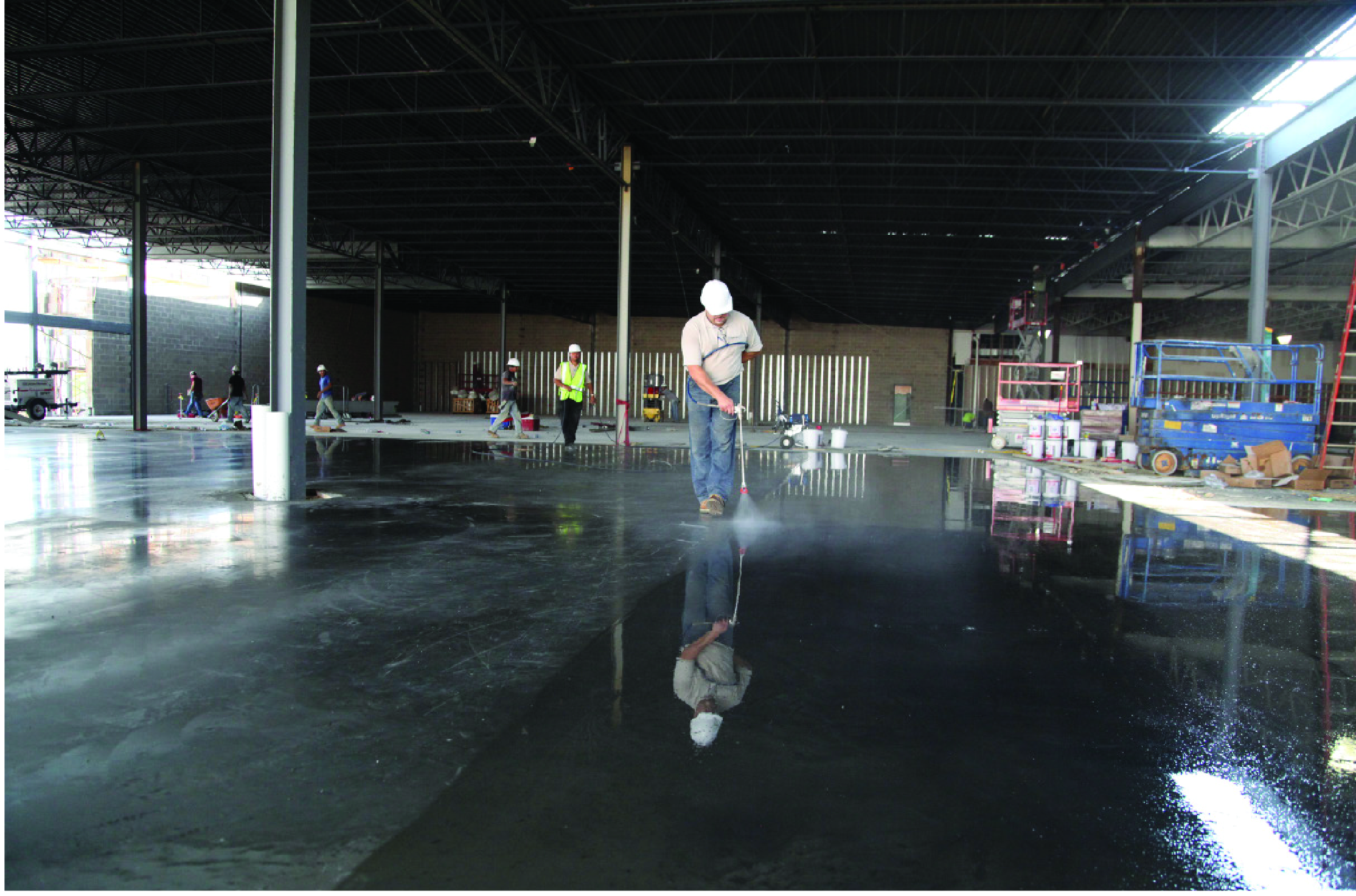Protective Concrete Coatings & Sealers
Concrete waterproofing entails the prevention of water and vapor from penetrating concrete walls. Applying a coating on the exterior can prevent the penetration of water.
- Concrete walls have to put up with a lot and the concrete needs to be strong. Having a low water-cement ratio in the concrete mix can lead to cracks that leak water.
- Cement waterproofing is done mostly on the exterior side of the wall. However, another waterproofing technique is making the concrete itself waterproof.
- Cement waterproofing and damp roofing techniques need be done on a clean and smooth surface. In external cement waterproofing, imperfections like loose particles should brushed off, protrusions should be removed, and cracks should be bridged. If the concrete is newly poured, it should sit for one to two weeks. However, there are concrete waterproofing products like spray-on waterproofing membranes that are fine on new concrete.
- Compared to waterproofing structures, damp proofing concrete is simpler. It is asphaltic material sprayed, brushed, or rolled onto concrete. Easier damp proofing tasks can be handled by builders, but specialty cement contractors are better for more complicated projects.
- For external cement waterproofing, the wall exterior needs an extensive impermeable coating down to the drain.
- There are spray-on treatments for waterproofing cement that need a priming coat followed by a layer or more of a liquid-rubber, elastomeric coating with a thickness of at least 60mil.
- Another technique to protect concrete from moisture is applying sheet products like rubberized asphaltic waterproofing membranes with polyethylene film.
- The membrane must begin at the top of the footing down to the finished grade, as specified by the International Residential Code.
- Concrete moisture protection contractors might have a choice of a lot of water and vapor barrier products, but bentonite waterproofing panels are best for wet foundations. Bentonite clay expands when in contact with water, then forms a tight barrier against penetration.

Integral Waterproofing
When protecting concrete structures, you can also choose internal concrete waterproofing. Enhance PMT from CBS Admixtures or Xypex is a great example. Water and vapor are prevented from infiltrating the cement because of the crystalline waterproofing matrix formed within the concrete. Internal concrete waterproofing has proven to be a better option than traditional membrane waterproofing. In crystalline waterproofing, when the crystals react to water, they grow denser and are able to seal small cracks. This is a great concrete protection option that works well even in more difficult waterproofing situations.
